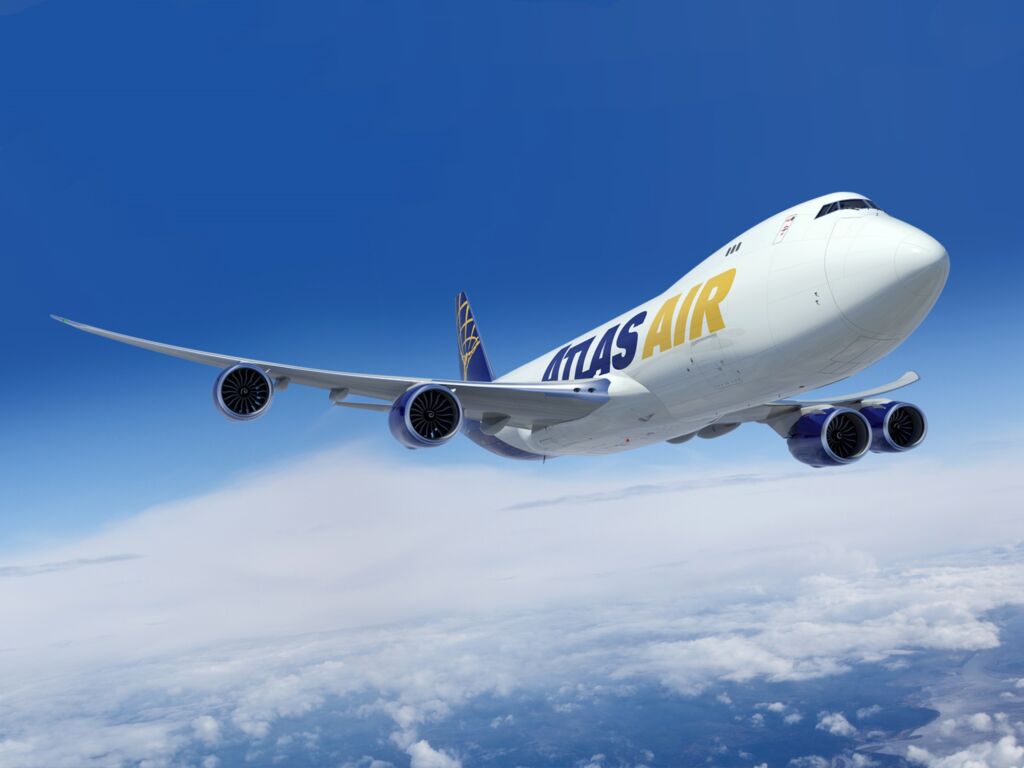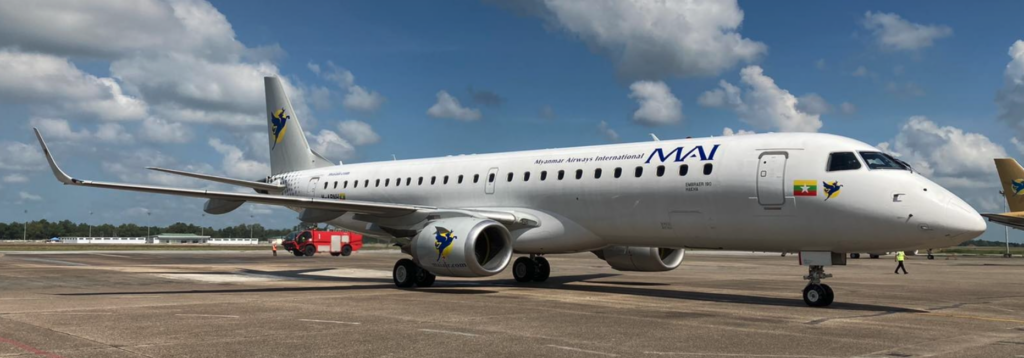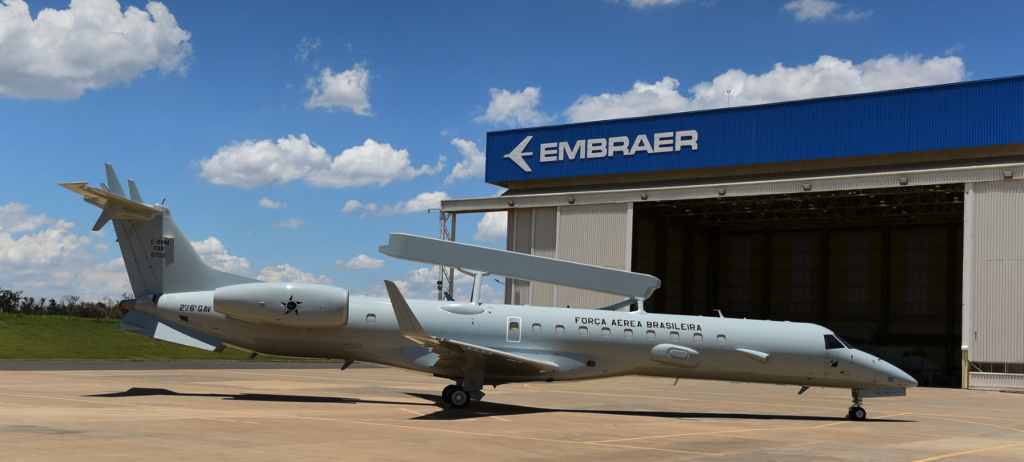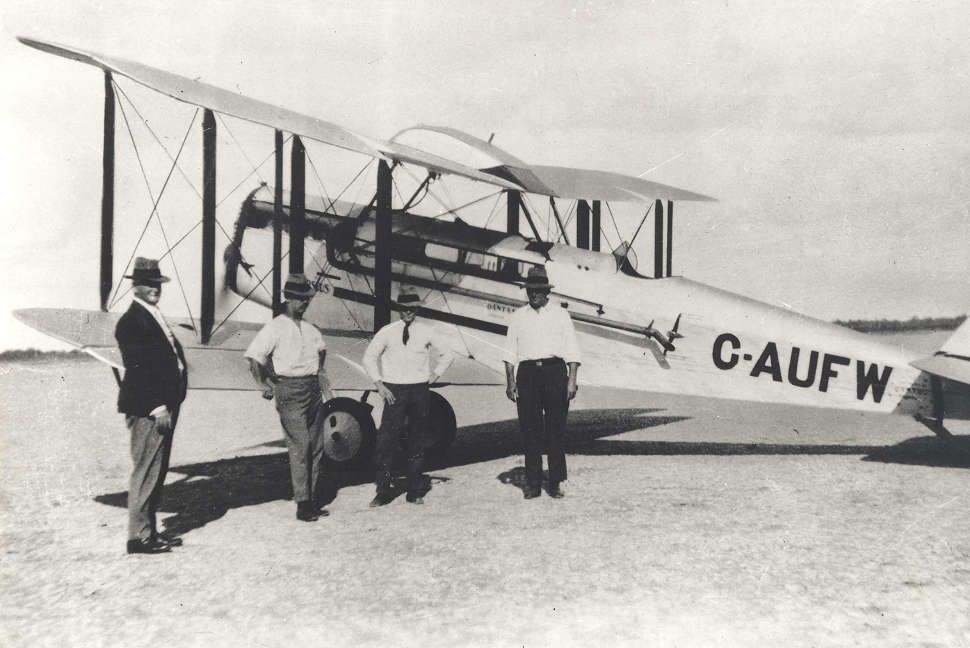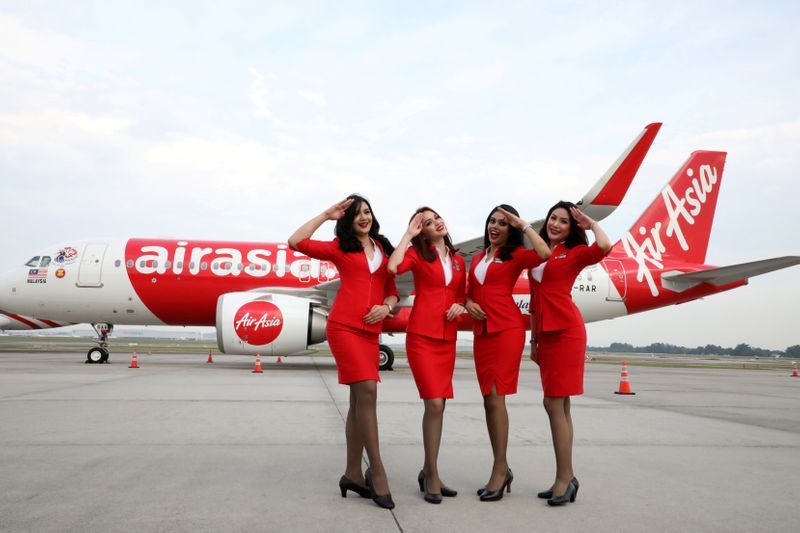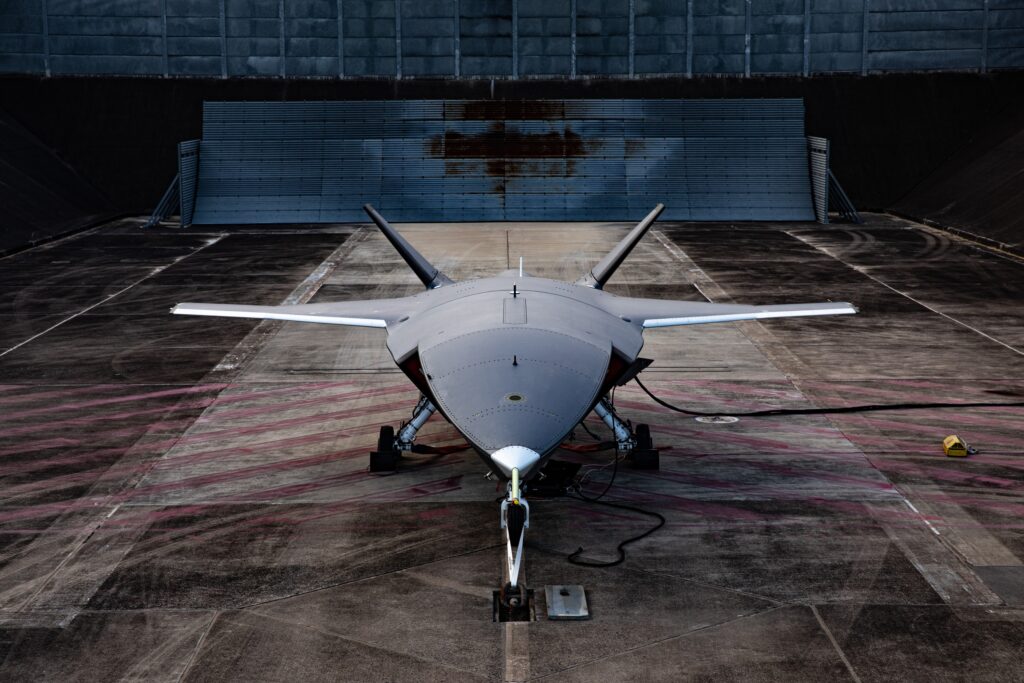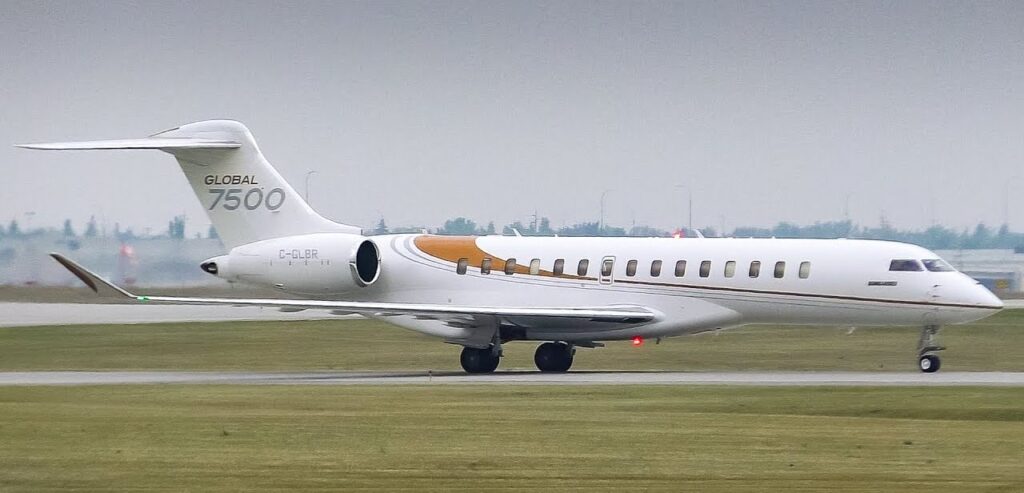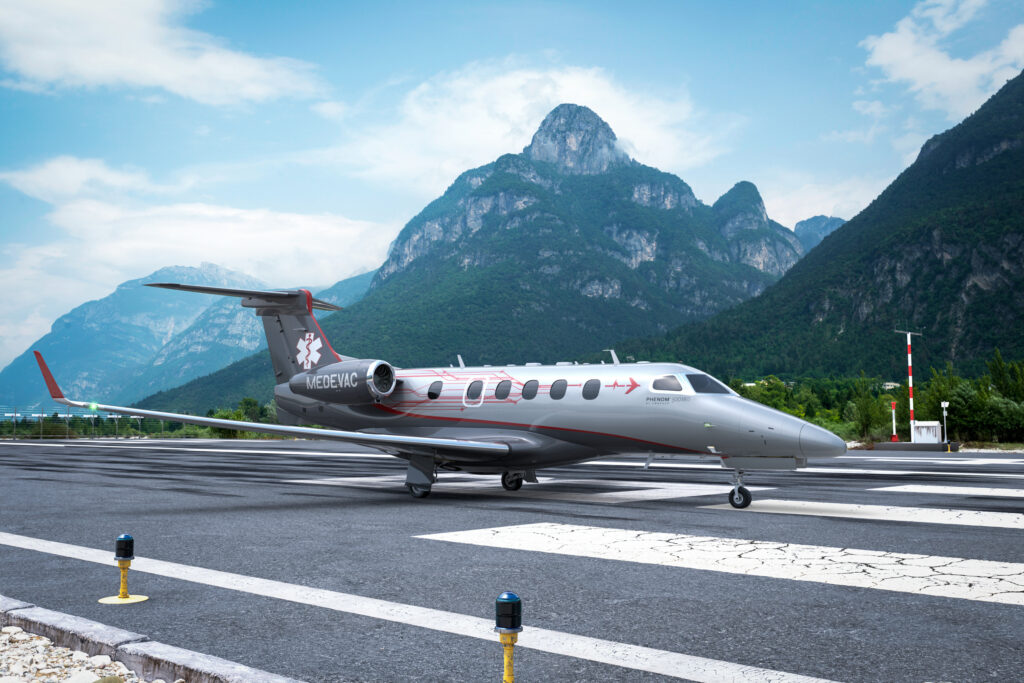Boeing 747-8 Lives On With Atlas Air Worldwide Purchases of Four Freighters
Boeing [NYSE: BA] and Atlas Air Worldwide announced an agreement to purchase four 747-8 Freighters. The order enables Atlas Air to leverage the operational advantages of the 747-8 Freighter to meet growing cargo demand around…
